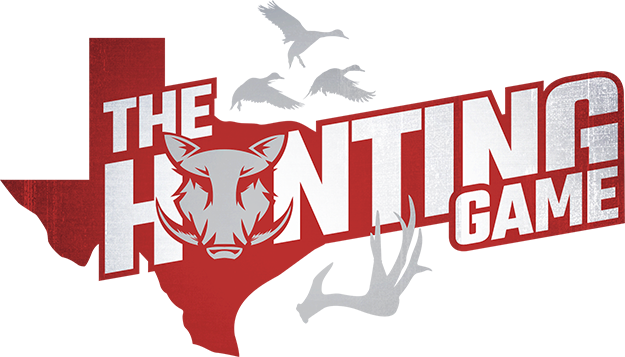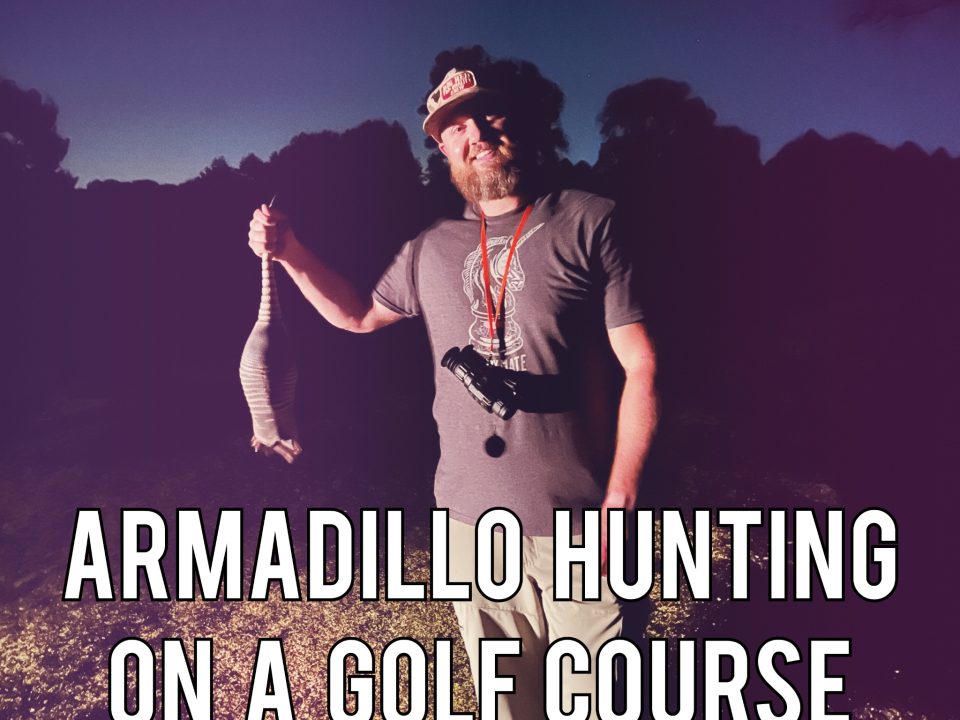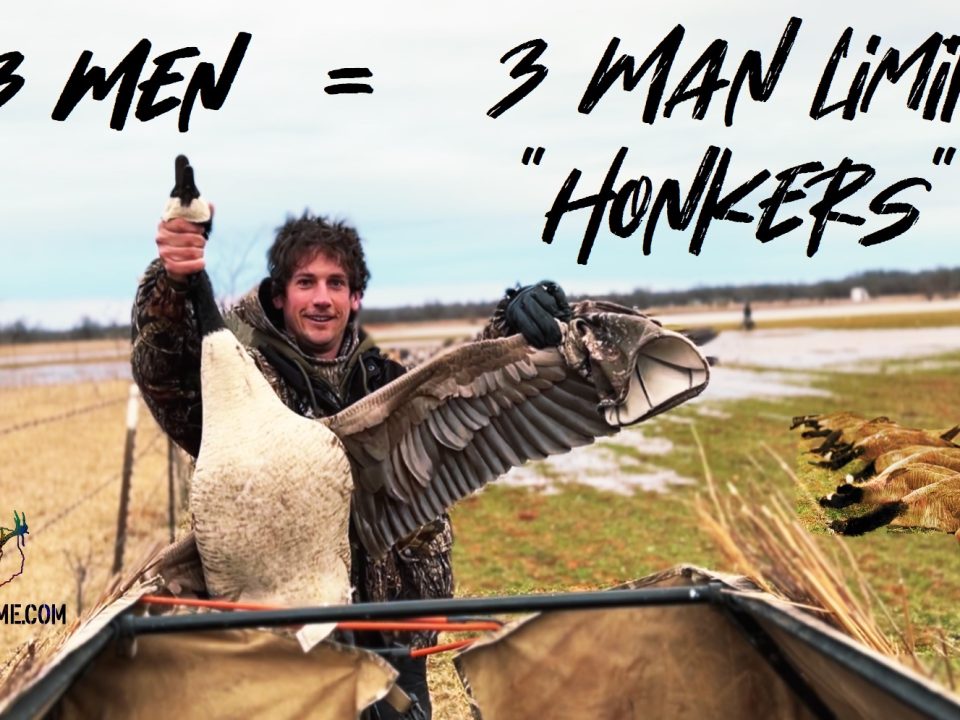With duck season on the horizon I thought I would continue this field care series and try to at least tell you what I would be looking for in a trophy bird. There are a number of things I will discuss, but it should be noted that the definition of a trophy is relative to the point of view of the hunter. Is it your first Greenhead? Is it your son or daughters first Pintail? Is this maybe the last hunt you will ever be on with your Dad? Or is it what you consider to be the best looking specimen you have ever shot? There are many things you should consider when choosing what to mount.
If you are looking to mount a bird for any reason, following these simple steps can help make the process of getting it mounted easier for everyone involved.
Never gut or breast a bird you want to mount!
The first thing to do once you have the bird in hand is look it over.
Start with the head – Does it have any bald spots? Is the plumage intact? If it is a hooded bird is the hood intact?
Next, the wings – How does the speculum look? This is what will draw the most attention on ducks because it is the colorful, iridescent part of the wing. Then check the long primary feathers that form the wing tips. If some of the speculum or primary feathers are missing then you may want to consider a standing mount with the wings tucked in the pocket feathers. I have completed a numerous amount of flying mounts with missing and broken feathers, so it all depends on what you want. You may actually like to see that broken feather because it may trigger a diabolical grin from the memory where you smacked him and feathers exploded!
Pocket feathers – These are located on each side of the bird and create a pocket for the wings when the birds are not flying. I rarely see a duck that is not missing some of these as a result of being shot. Usually the bird will have one good side so if you want a standing mount and your specimen is missing a couple of these feathers, your taxidermist can turn it so the good side will be on display.
The tail – Extremely important on a turkey if you want a strutting mount or a fan mount. However if it is missing a couple we can make it look full. With ducks I like to fan the tail out on most mounts, but in my opinion it does not make or break the mount. Some of the diver ducks do not have much of a tail, so it becomes less important on them. Just give it a “once over” and make sure you are satisfied with it.
Feet – I would not worry about the feet because they can be easily fixed or even replaced with artificial ones in some cases. It will be an extra expense but your taxidermist should give you that option.
Now, you need to get your bird in the freezer or to the taxidermist. If you are putting it in the freezer, you need to stick it head first into panty hose or an old sock. This will keep the feathers in the correct position. Then, double bag the bird in trash bags or plastic shopping bags. If the bird is not wrapped up the feet could suffer freezer burn and then it will be hard to get them to look alive and plump again. If you wrap it right, it should last for years in the freezer.
 A couple things to remember: No need to worry about blood on white feathers. Taxidermists have magic chemicals that will take care of that. No need to worry about feathers that are out of place either. If they are intact and still attached they should be fine.
A couple things to remember: No need to worry about blood on white feathers. Taxidermists have magic chemicals that will take care of that. No need to worry about feathers that are out of place either. If they are intact and still attached they should be fine.
So the bottom line is, never gut or breast your trophy bird. Do a thorough inspection of the speculum, primaries, pocket feathers, tail, and feet so you know what to expect when you get the mount back.
As always I am available for questions at RutCountry@yahoo.com or please feel free to comment below.




